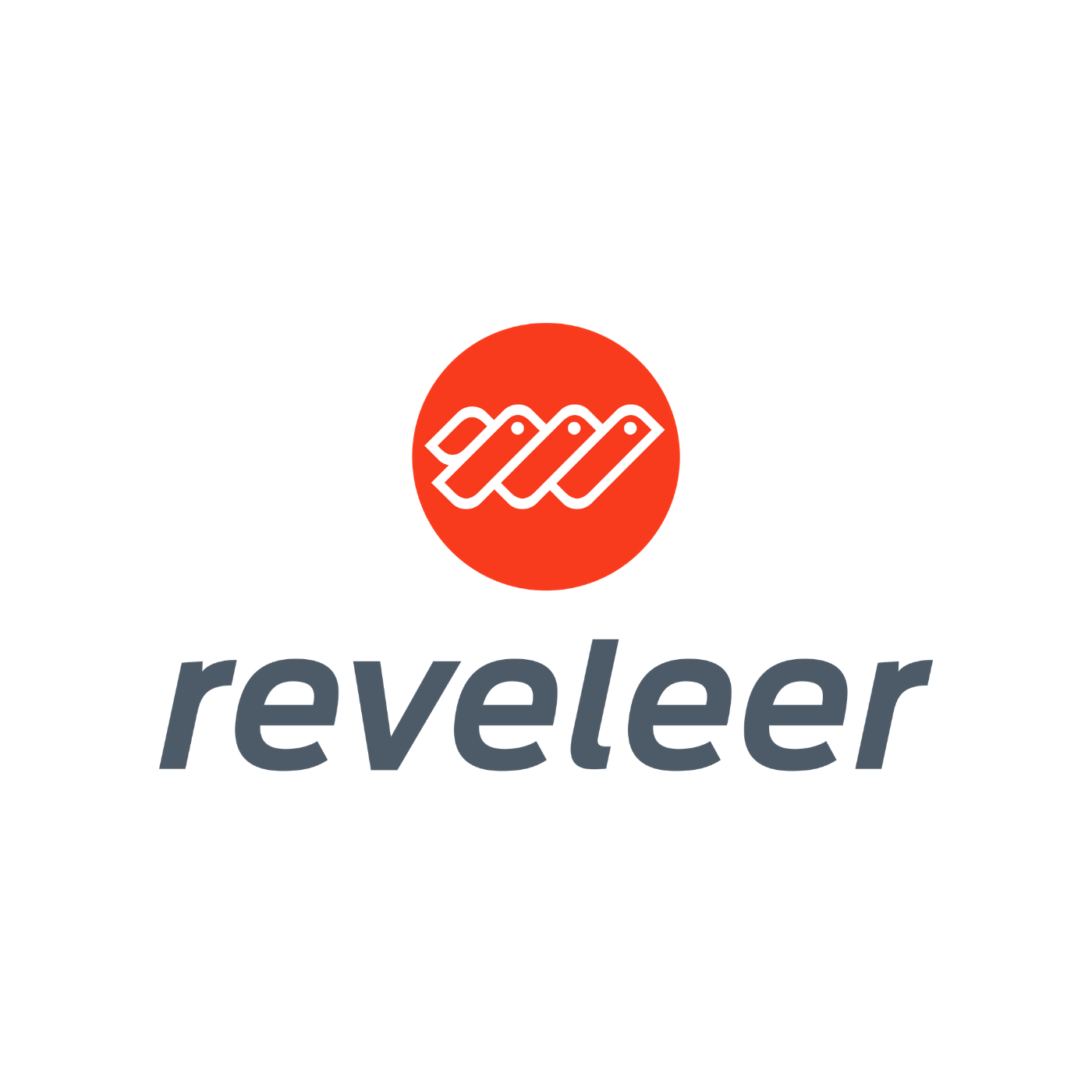Value is no longer in the eye of the beholder. The characterization of care outcomes has moved from qualitative observations of individuals to quantifiable metrics for health plans’ memberships.
Used by more than 90 percent of U.S. health plans, HEDIS® scores have become a focal point for health plan members, payers, purchasers and providers alike as health-care reform has sought to maximize the value of care by providing the best outcomes at the lowest costs.
Now that HEDIS® 2016 collection is over, working on HEDIS® scores for next year and improving care is on-going.
Comprised of 81 measures across five domains of care, the Healthcare Effectiveness Data and Information Set (HEDIS®) allows health plans and their members and purchasers to evaluate performance with a consistent measurement set. Plans can also use HEDIS® and quality measurement to improve their performance by identifying and addressing opportunities to improve their members’ care.
Plans must ensure—and prove through quality scores—that members receive the best care at the lowest price possible because the Affordable Care Act forced providers to go from an ineffective fee-for-service model to a value-based model meant to keep people from needing to return to the hospital.
Here, in more detail, are three reasons HEDIS® scores matter:
1) Health plan members are more savvy and selective in choosing health plans.
Whether members buy high-deductible plans directly or pay for them through their employers, the costs cause them to consider the value they receive in return. Members shop for insurance much like they would a car, comparing ratings and reviews for competing plan.
In doing so, consumers are increasingly turning to tools like the Health Insurance Plan Ratings that are compiled by the National Committee for Quality Assurance (NCQA), partially based on HEDIS® scores. Updated annually, the ratings have been widely disseminated by Consumer Reports through its magazine and website.
Members can create a Health Plan Report Card through NCQA’s website and keep up with the State of Health Care Quality Report as well. Given such access to ratings, well-informed members will be increasingly selective when choosing a health plan.
2) Plans need members and members want value.
Price-sensitive individuals are unlikely to purchase coverage from a commercial health exchange (HIX) plan if they do not see it as adequately addressing their wellness. “Health insurers that are slow to embrace and support the value agenda—by failing, for example, to favor high-value providers—will lose subscribers to those that do,” according to a Harvard Business Review article on value-based health care.
Conversely, your plan could gain and retain market share by improving your HEDIS® scores. You could use the scores to help create or refine member-care programs that close gaps in care, and for engaging members based on their needs and preferences of engagement. For example, some members may prefer technology-enabled outreach programs that accommodate their mobile lifestyle.
Also, leveraging disease and population health management programs could help you by helping members to better manage their health. You could emphasize how your plan outperforms competitors based on objective scores as well.
3) Purchasers pay for performance.
Employers are tired of paying more for health care every year. In addition to shifting expenses to employees, employers are purchasing plans that balance care and costs. So, they use HEDIS® data to help choose the best plan.
Since HEDIS® rankings allow employers to see how quality and value vary according to standardized measurements of care among competing plans, you can attract purchasers under favorable terms by detailing strong scores. The more value you demonstrate, the more purchasers are willing to pay.
Monitoring HEDIS® scores during the off-season and working with the analytics teams to analyze and prove the effectiveness (or lack thereof) of your quality initiatives can help your plan attract members and service them efficiently in the value-centric environment. During the off-season when you’re not actively collecting your HEDIS® records, consider ways to close gaps in care and opportunities for partnering with providers to close them, identifying supplemental data sources to reduce your hybrid burden, and outreach to members to help ensure they get the services they need.





